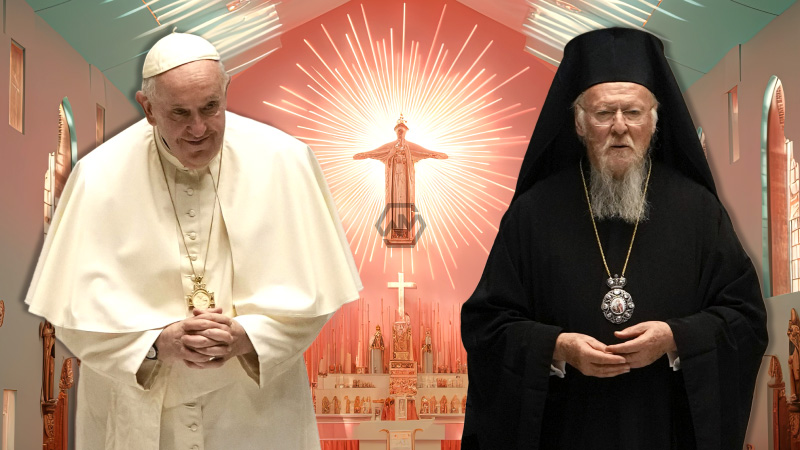- Catholic and Orthodox churches celebrated Easter on the same day this year, a rare occurrence.
- Pope Francis and Patriarch Bartholomew are pushing for a unified Easter date.
- Deep-rooted mistrust and theological differences remain obstacles to lasting change.
This year’s shared Easter celebration between Catholic and Orthodox churches sparked renewed calls for unity among Christian denominations.
Pope Francis, invoking the historic Council of Nicaea, used the moment to advocate for a permanent, shared Easter date—calling it a meaningful step toward spiritual harmony. His close relationship with Ecumenical Patriarch Bartholomew further strengthens the ecumenical momentum.
Easter Unity: A Symbolic Step or A Doctrinal Standoff?
Yet, the push for a unified Easter isn’t just a logistical fix—it faces historical and doctrinal resistance. Many Orthodox leaders and faithful fear that harmonization could dilute core traditions or signal concession to papal authority. The divisions aren’t only theological but also political, especially with the ongoing tensions surrounding the Russian Orthodox Church and its stance in Ukraine.
Pope Francis has repeatedly used shared Easter years as platforms to renew his call for unity. His light-hearted but pointed remarks underscore a broader desire for coherence among Christians. He and Bartholomew have expressed mutual respect and a shared vision, fostering hope among ecumenists.
However, in many Orthodox communities, efforts to unify are met with skepticism. Historical grievances about Vatican dominance and perceived insincerity continue to haunt efforts at reconciliation. Some clergy warn that unity must not come at the cost of tradition or theological integrity.
Still, there are signs of practical unity on the ground. In places like Finland and parts of Greece, churches have already informally aligned their Easter celebrations. These local successes suggest that unity, while difficult on a global scale, may begin with smaller communities leading by example.
While calendar unity may seem like a small gesture, its success could signify a powerful new chapter in Christian reconciliation—one built not on erasing differences, but on honoring shared faith.
“We can try to build bridges, but we cannot distort our faith or the traditions of our ancestors…”



